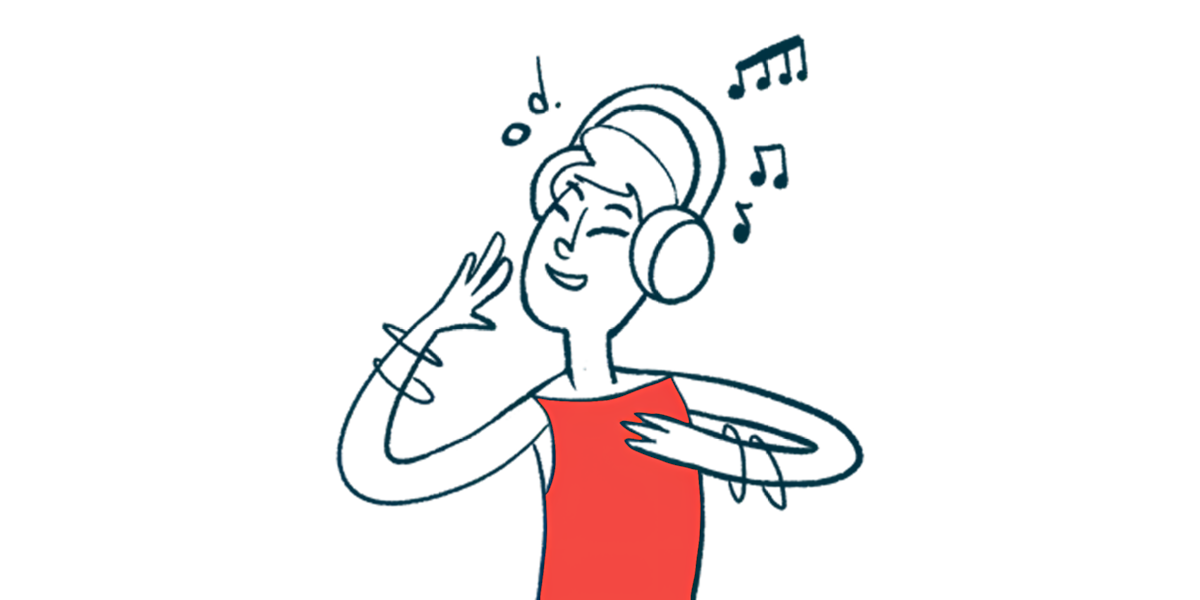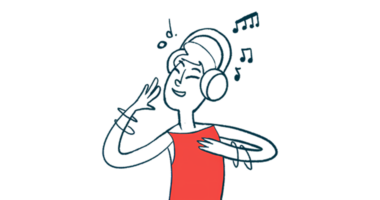Music beats improve walking in Parkinson’s rehabilitation: Study
App matches music tempo with patient's walking pace

A mobile application that detects a person’s natural walking pace and provides real-time, beat-synchronized music for at-home rehabilitation improved walking in Parkinson’s disease patients, both during daily activities and in tests without music cues, a study found.
The study, “Gait ecological assessment in persons with Parkinson’s disease engaged in a synchronized musical rehabilitation program,” was published in npj Parkinson’s Disease by an international team of researchers. Four of them are board members of BeatHealth, the startup that developed the app, BeatMove.
Data on walking patterns in daily activities and at-home rehabilitation for people with Parkinson’s are limited, even though patients experience a range of motor symptoms that affect quality of life.
While rhythmic cues such as beats can improve walking, they’ve not been used often in rehabilitation programs. To address this gap, researchers designed a rehabilitation program, BeatPark, to explore the use of music synchronized to a patient’s steps.
BeatPark uses real-time beats to guide walking. A key feature of its algorithm is its ability to consistently match the music tempo with the user’s walking pace. By maintaining this synchronization between walking and musical rhythm, it aims to optimize the benefits of rhythmic auditory cueing for the individual.
Data show gait progress
Over one month, 25 patients practiced walking outdoors for 30 minutes per day, five days a week, while the BeatMove application provided synchronized beats and tracked their progress.
On average, patients completed 18 out of 20 sessions. Twelve completed all 20 sessions. Each session covered 2.65 km (1.65 miles), resulting in an average total distance of 46.44 km (28.8 miles) for the month.
Data from BeatMove showed progress over sessions confirmed by the six-minute walk test, in which patients walk as far as possible in six minutes on a track. By the program’s end, the comfortable walking speed matched the fast-walking speed from the test.
Walking with BeatMove led to improvements in gait, or the way patients walk, not only within individual walking sessions but also across the entire month. “The rehabilitation program had a significant positive effect on distance, speed, and step length in the ‘real life’ situation,” the researchers wrote.
To further validate the findings, participants performed a six-minute walk test in silence in a lab before and after the program. The test confirmed that their walking had improved, even without music cues, suggesting the program had a lasting impact on motor control.
“Our musical application (BeatMove) for individualized gait rehabilitation in [Parkinson’s] improved gait parameters measured in a real-life context and in the laboratory with a validated test,” the researchers wrote. “This gain is not present only during each session but also along the full rehabilitation program.”
While the study lacked a control group, the researchers showed that by taking rehabilitation outside the lab and into daily life, they can better understand how these tools benefit patients in their regular activities. Future studies should include comparisons with individuals who do not use music cues, they wrote.






